Six kettlebell ab exercises to blast your core
These kettlebell ab exercises will target your core and carve out a more-defined stomach


Tired of your current core workouts? Then add these kettlebell ab exercises to your next routine to up the ante and feel the burn.
You might already be performing planks, practicing sit ups or have perfected an ab crunch. But the best kettlebells can take your core workouts up a notch or two. These versatile free weights are beneficial to any at-home gym. Along with being able to add a couple kilograms of resistance to a wide variety of exercises, kettlebells are specifically beneficial when it comes to training your abs. That’s because they displace their weight across their handles and center, meaning no matter what exercise you are doing, your core is working overtime to keep the weight under control.
To discover the best kettlebell ab exercises that can help you better your balance, promote good posture and carve out a more muscular stomach, keep scrolling. Omar Mansour, coach at audio-led fitness app WithU has shared with us his top kettlebell ab workouts.
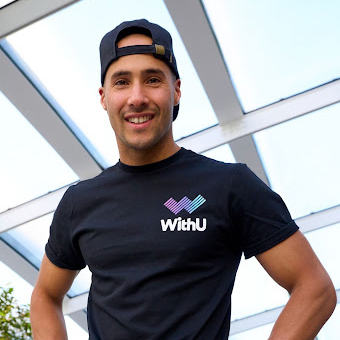
After obtaining a Sports Science degree in 2012, Omar went on to qualify as a personal trainer and UKA running coach. He has previously trained under Great Britain coaches and competed as an 800m athlete. Today, he still competes at a club level, racing middle-long distance events, and also works as coach at audio-led fitness app WithU.
Six kettlebell ab exercises for building a stronger core
1. Kettlebell plank drags
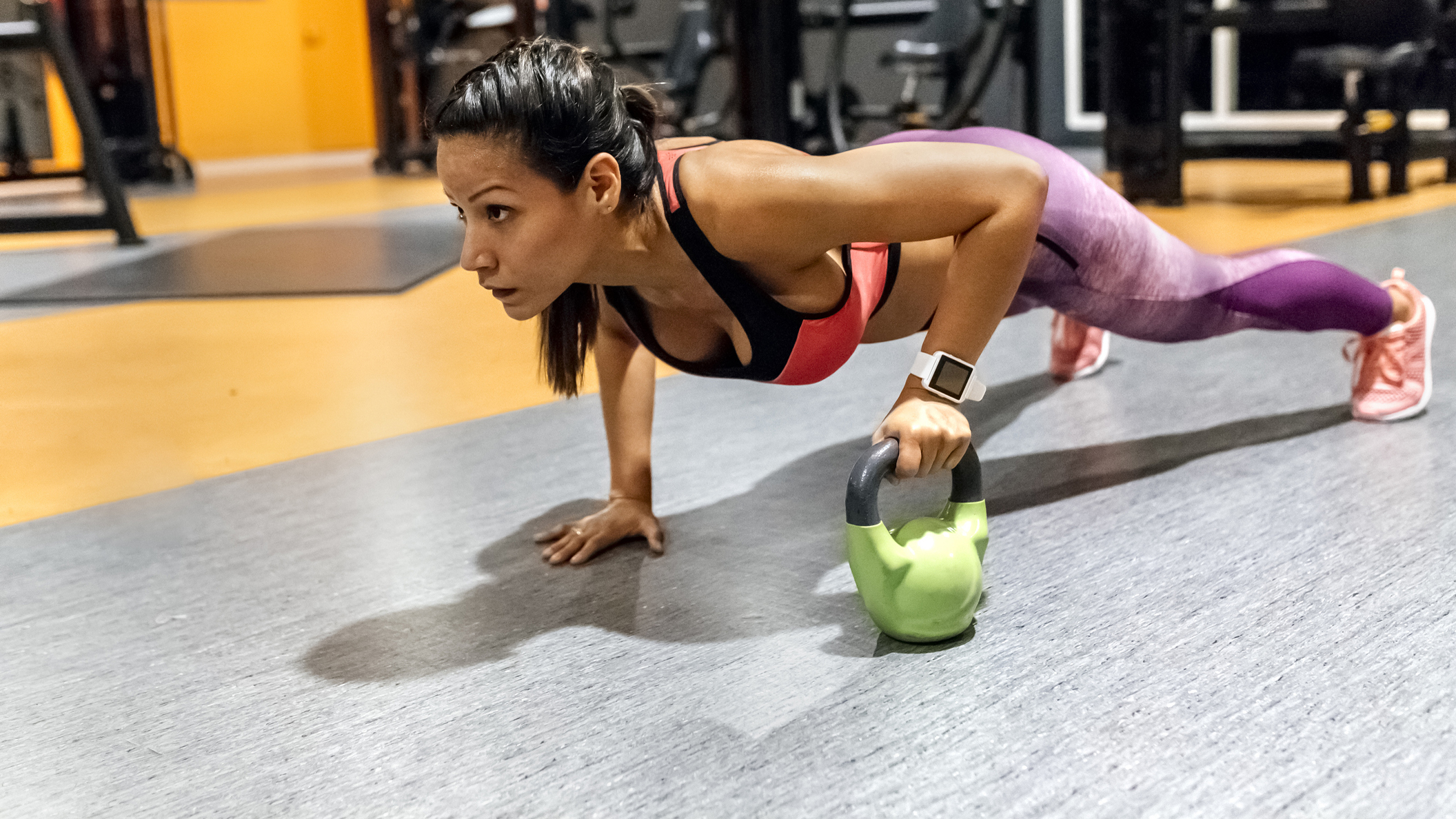
If you’re bored of planking, a kettlebell plank drag is bound to make the exercise a little more interesting. Mansour says this exercise is an anti-rotational core exercise which is great for stabilizing your mid region. And better yet it hits your rectus abdominis, AKA your six pack muscles. To perform this move:
- Get into a high plank position with your wrists in line under your shoulders. Have your feet wide, brace the core and squeeze your glutes.
- Reach under your body with the opposite arm to grab the kettlebell. Avoid rotating your torso and hips and only move the arm.
- Drag the weight across the ground and position it outside the dragging arm.
- Repeat on the other side.
2. Kettlebell Russian twist
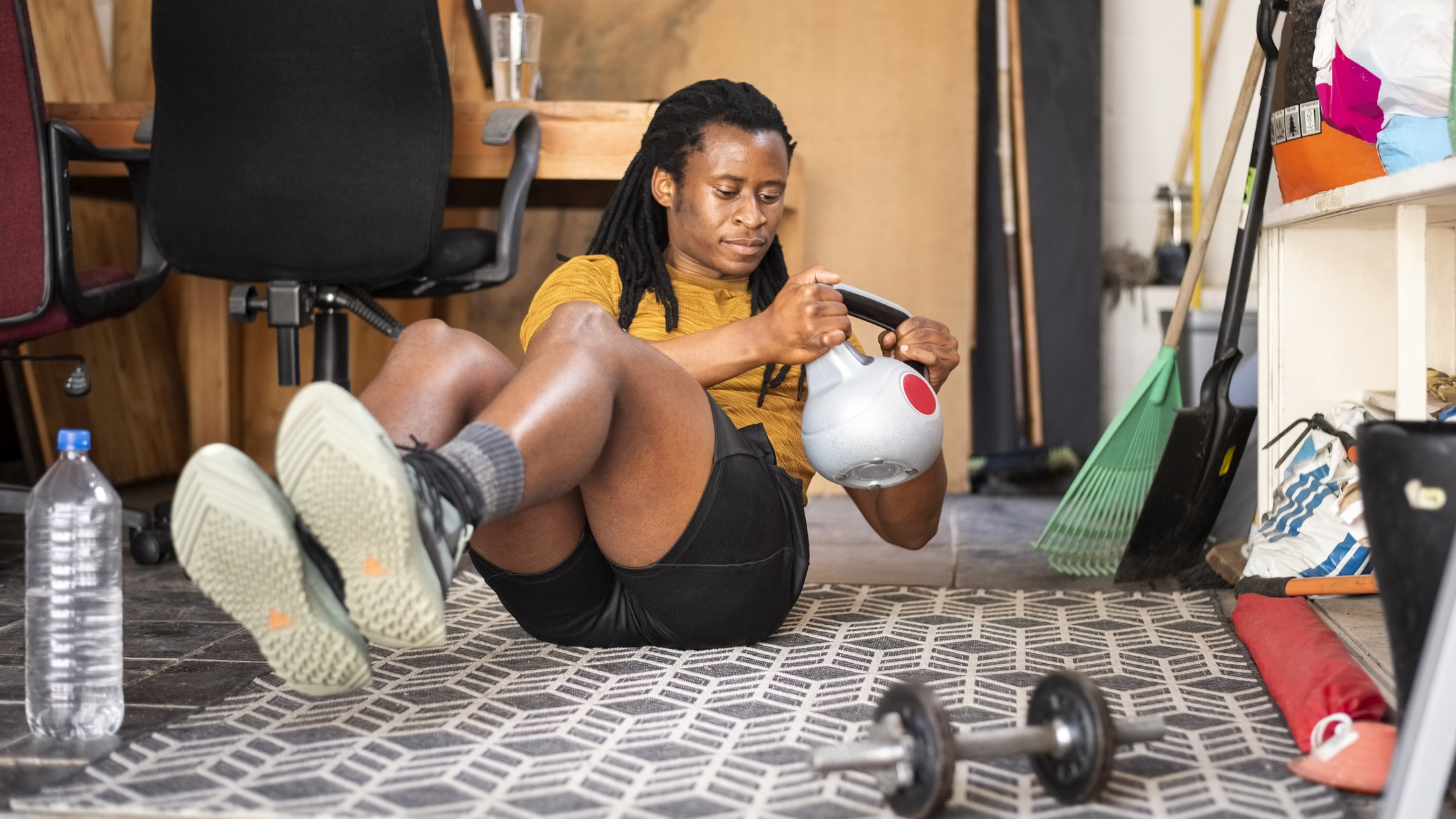
Russian twist can be done without weights, but if you add a kettlebell it will get your side core muscles — or your obliques — all fired up. To perform this move:
- Start by sitting on the floor. Slightly lean back so your torso and legs form a V-like shape, bracing your core, bending your knees and elevating your feet off the ground.
- Balancing in this V-position, keep your legs stationary. Pick up the kettlebell and twist from your torso from side to side with control.
3. Kettlebell single arm press
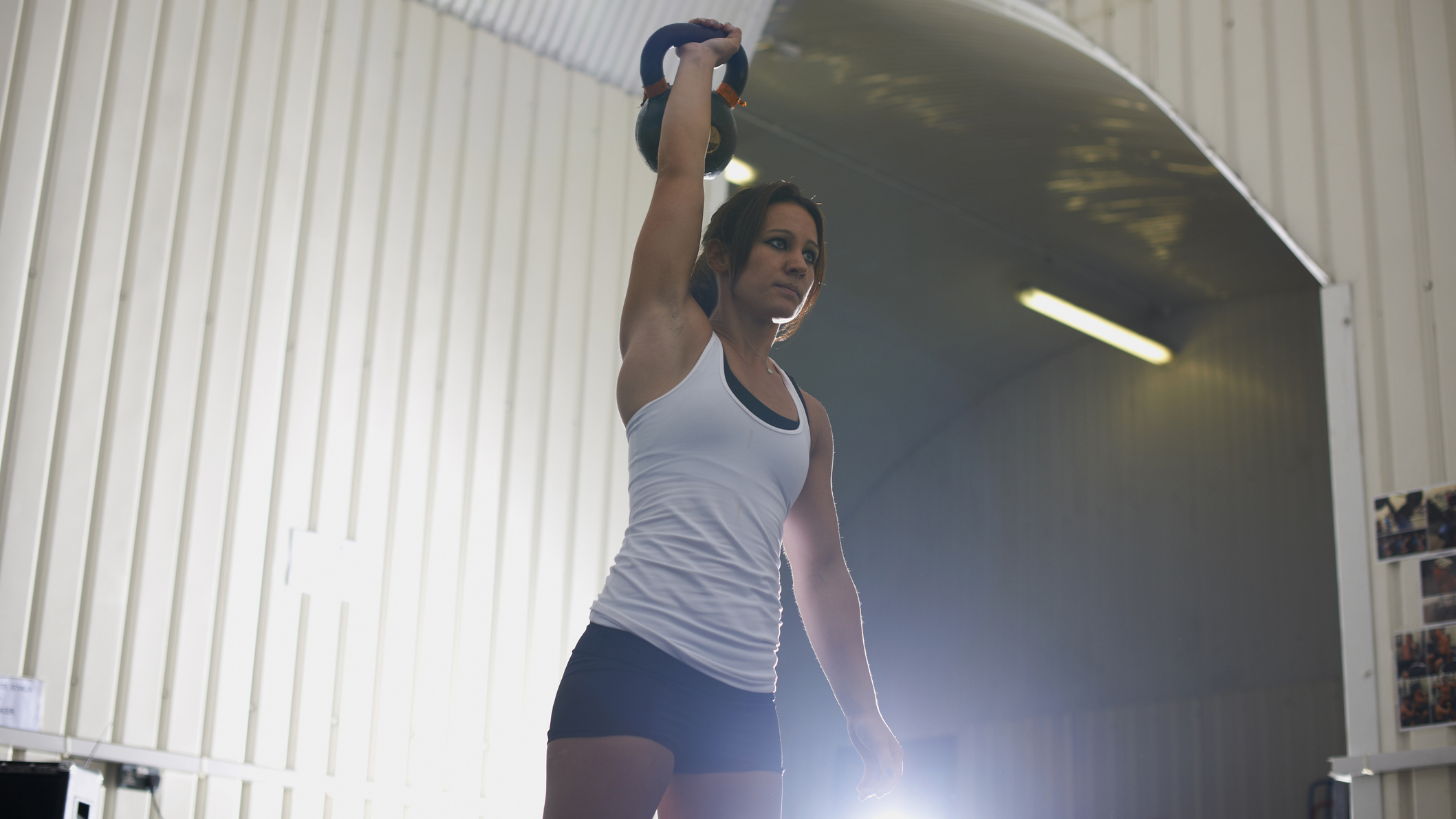
This compound move is a triple threat as it will train your upper body and shoulder muscles while working your anterior core and obliques. To perform:
- Bend the knees and have the feet hip-width apart. Lift a kettlebell with both hands to shoulder level on one side.
- Transfer the weight to one hand, and hold it so that the handle runs diagonally across your palm.
- Have the elbow tight under the wrist. Keeping the wrist straight, press up in a straight line with your shoulder making sure you brace the core and squeeze your glutes. Avoid rotating the rest of the body.
4. Kettlebell farmer walks
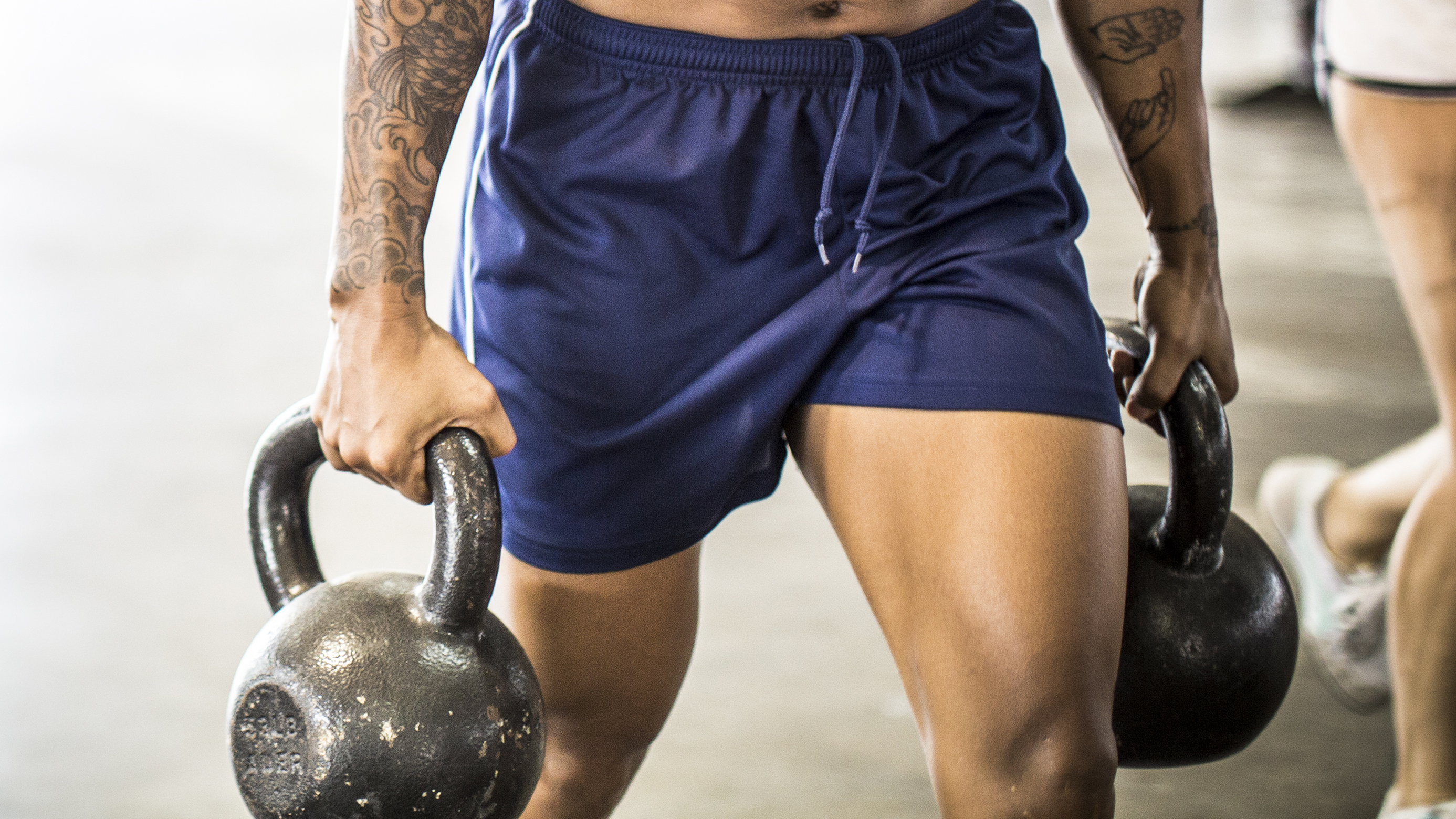
This might sound easy, but it’s harder than it looks. And as Mansour tells us, along with ‘challenging the whole core’ it will also improve grip strength, and weight train your back, glutes, forearms and hamstrings. It’s the exercise that keeps on giving. To do it:
Get the Fit&Well Newsletter
Start your week with achievable workout ideas, health tips and wellbeing advice in your inbox.
- Pick two heavy kettlebells up. Stand tall with the chest up and shoulders back. Tighten the core and engage it as if someone is about to hit you in the stomach.
- Walk slowly with control trying to keep as stable as possible.
5. Kettlebell overhead carry

Similar to the farmer walks, Mansour tells us this exercise will challenge the whole core as a unit. He says: “It’s more advanced than farmer walks because you're stabilizing the kettlebell overhead and you’re also stabilizing your body in order to walk forward.”
- Pick two heavy kettlebells up and hold them over your head. Stand tall with the chest up and shoulders back. Tighten the core and engage it as if someone is about to hit you in the stomach.
- Walk slowly with control trying to keep as stable as possible.
6. Kettlebell windmill

Building shoulder stability and core strength, finish your ab workout off with a kettlebell windmill.
- Have the feet double hip width apart, pointing 45 degrees in one direction.
- Push the back heel down pushing the hip out. Raise the back hand keeping it straight.
- Keep both legs straight as you lower your chest down, taking the bottom hand over the knee towards the floor.
- Drive back up to the top position and ensure that you straighten the body.
Tips for kettlebell ab exercises
When using kettlebells — especially if you are lifting these for the first time — there are a few factors to keep in consideration.
1. Go slowly and work on your form
When it comes to any exercise, perfecting your form is the best and most important thing you can do. It doesn’t matter how long it takes, nailing your form is key as it will make sure you are targeting the correct muscles and getting the most of the exercise. Plus, it will also save you from injury or any aches and sprains.
Which is why Mansour adds: “Only progress the weight once you understand the movement.”
2. Be careful of weight
Mansour’s words of wisdom? “Pick a lightweight to practice with first,” he says. “To avoid other muscles coming into play, go slowly when doing these exercises and really try to think about the movement being initiated by the core. Pick a kettlebell firstly that you can handle and master the technique with this. Only then should you grab a heavier kettlebell.”
Nowadays there are a range of adjustable kettlebells to choose from to ensure you can up the ante without having to buy numerous weights.
3. Activate core muscles before a workout
Mansour says: “While there’s a time and place for dynamic stretching in a warm up, I would focus more on exercises that activate the core and the muscles around them.”
A great example of this is a dead bug or glute bridge hold.
“This will send blood flow to those areas and act as a warm up before the harder exercises,” Mansour adds.
4. Maximize results by challenging your core
The key to getting the most out of your workouts?
“Challenge your core in all 4 ways that it moves to maximize results,” Mansour says. “Make sure you pick exercises that offer rotation, bracing, anti rotation and spinal flexion.” Just like the examples listed in this guide.
If you’re looking for even more ways to tone your core, discover our rundown of the best workouts for abs.
Becks is a freelance journalist and writer with more than 7 years of experience in the field. She writes health and lifestyle content for a range of titles including Live Science, Top Ten Reviews, Tom’s Guide, Stylist, The Independent, and more. She also ghostwrites for a number of Physiotherapists and Osteopaths.
Health has been a big part of Becks’ lifestyle since time began. When she’s not writing about the topic of health, she’s in the gym learning new compound exercises. And when she’s not in the gym, she’s most probably reading.
-
 Build blockbuster arms and abs with Chris Hemsworth's go-to dumbbell circuit
Build blockbuster arms and abs with Chris Hemsworth's go-to dumbbell circuitAll you need are adjustable dumbbells and 20 minutes
By Sam Rider Published
-
 Forget crunches—if I wanted to improve core strength I'd do this neck-friendly Pilates workout
Forget crunches—if I wanted to improve core strength I'd do this neck-friendly Pilates workoutAnd it takes just five minutes
By Maddy Biddulph Published